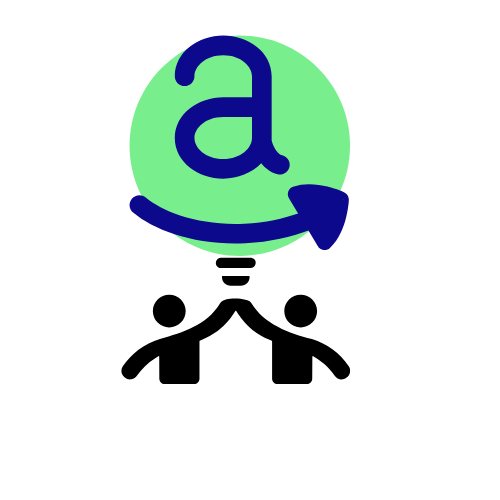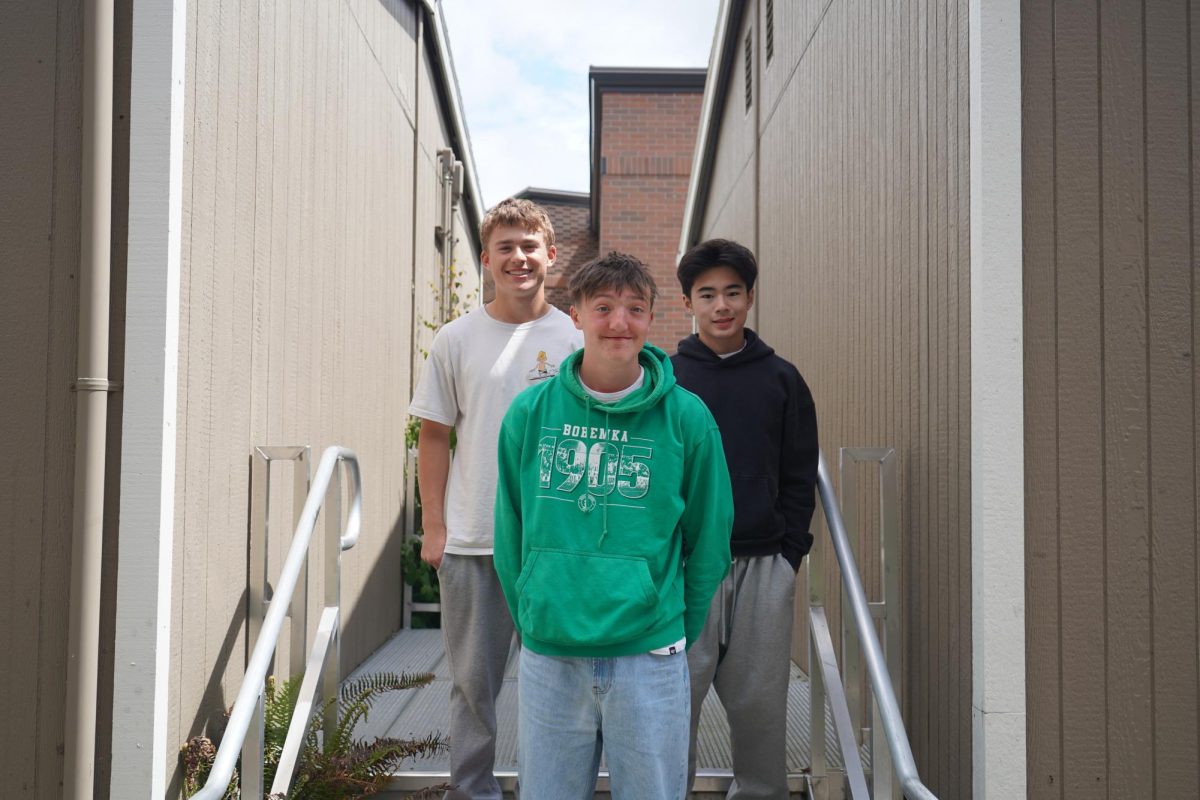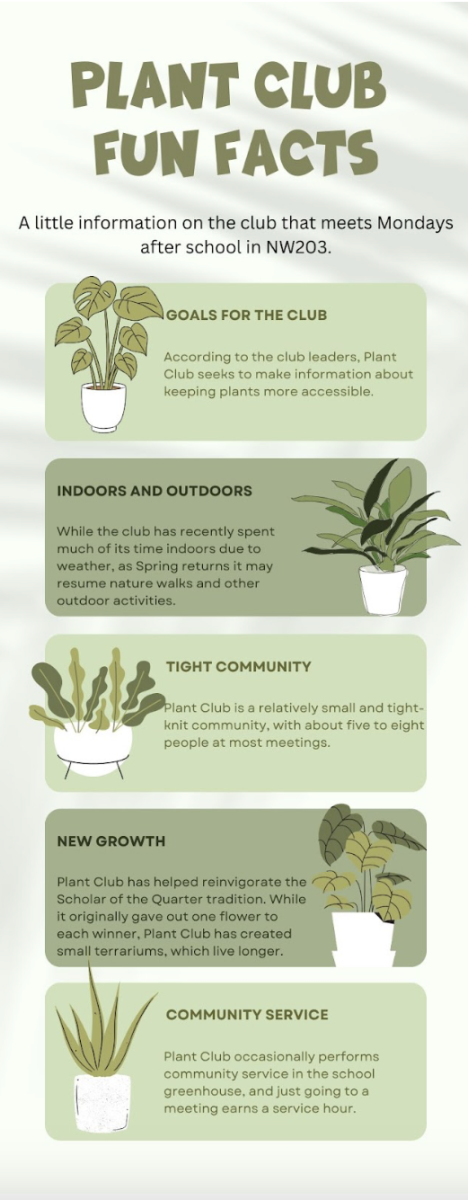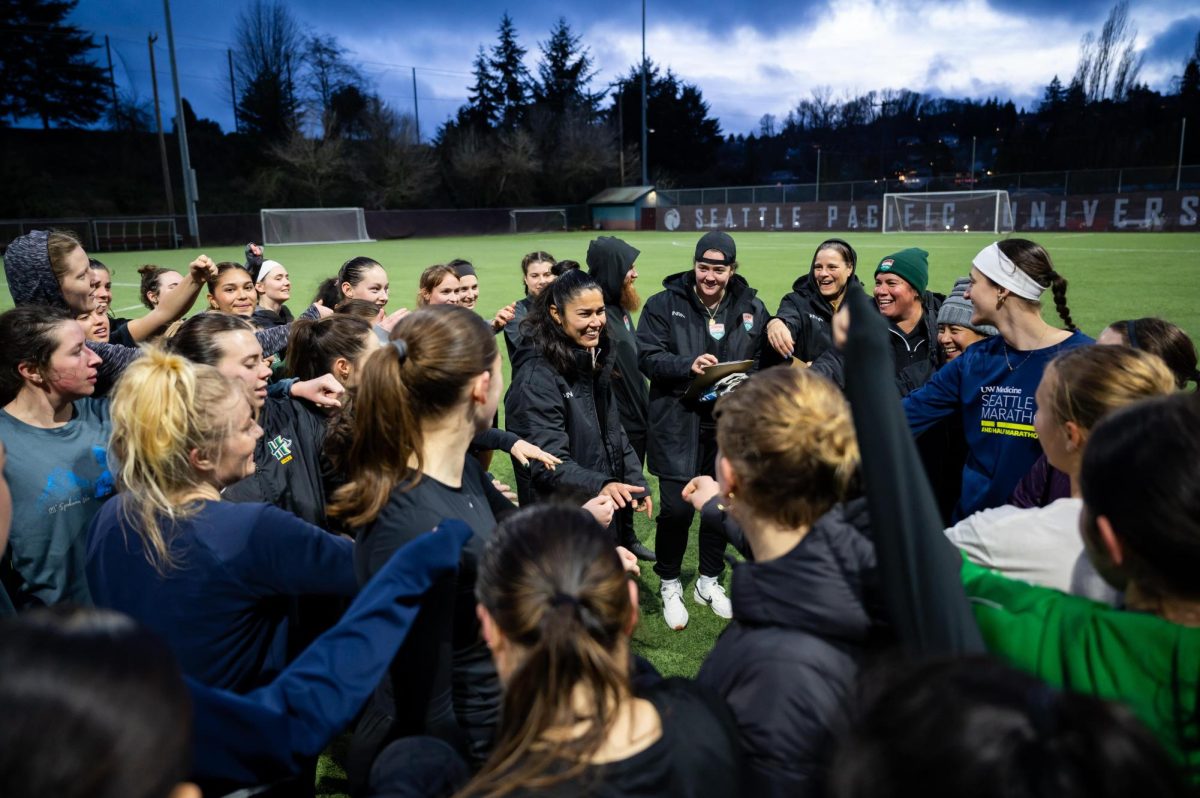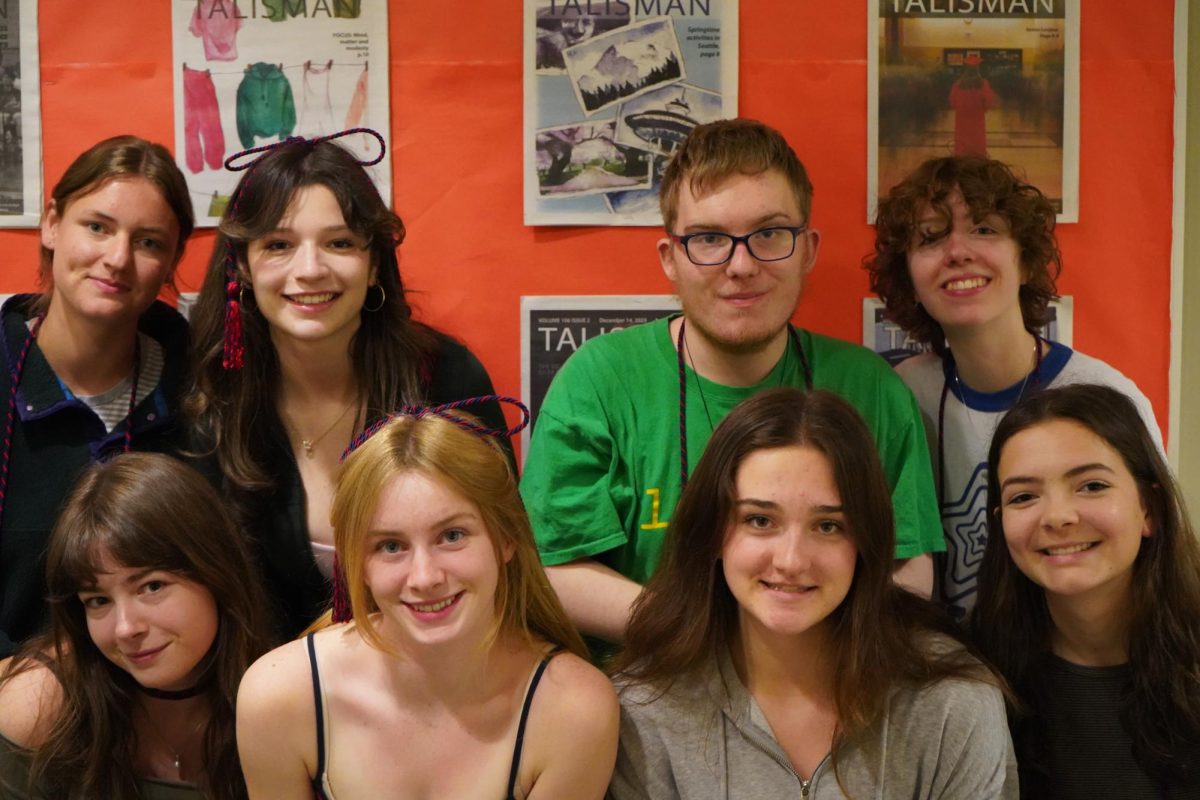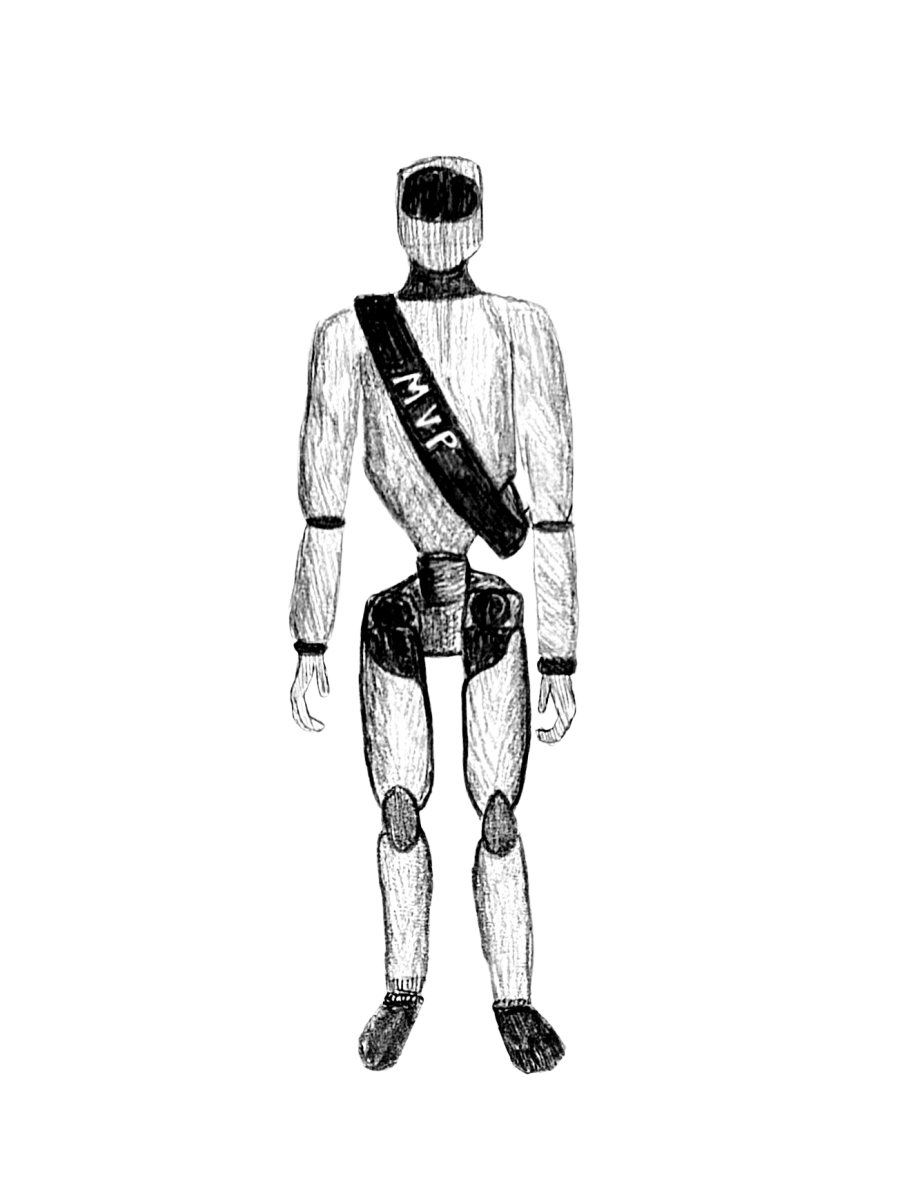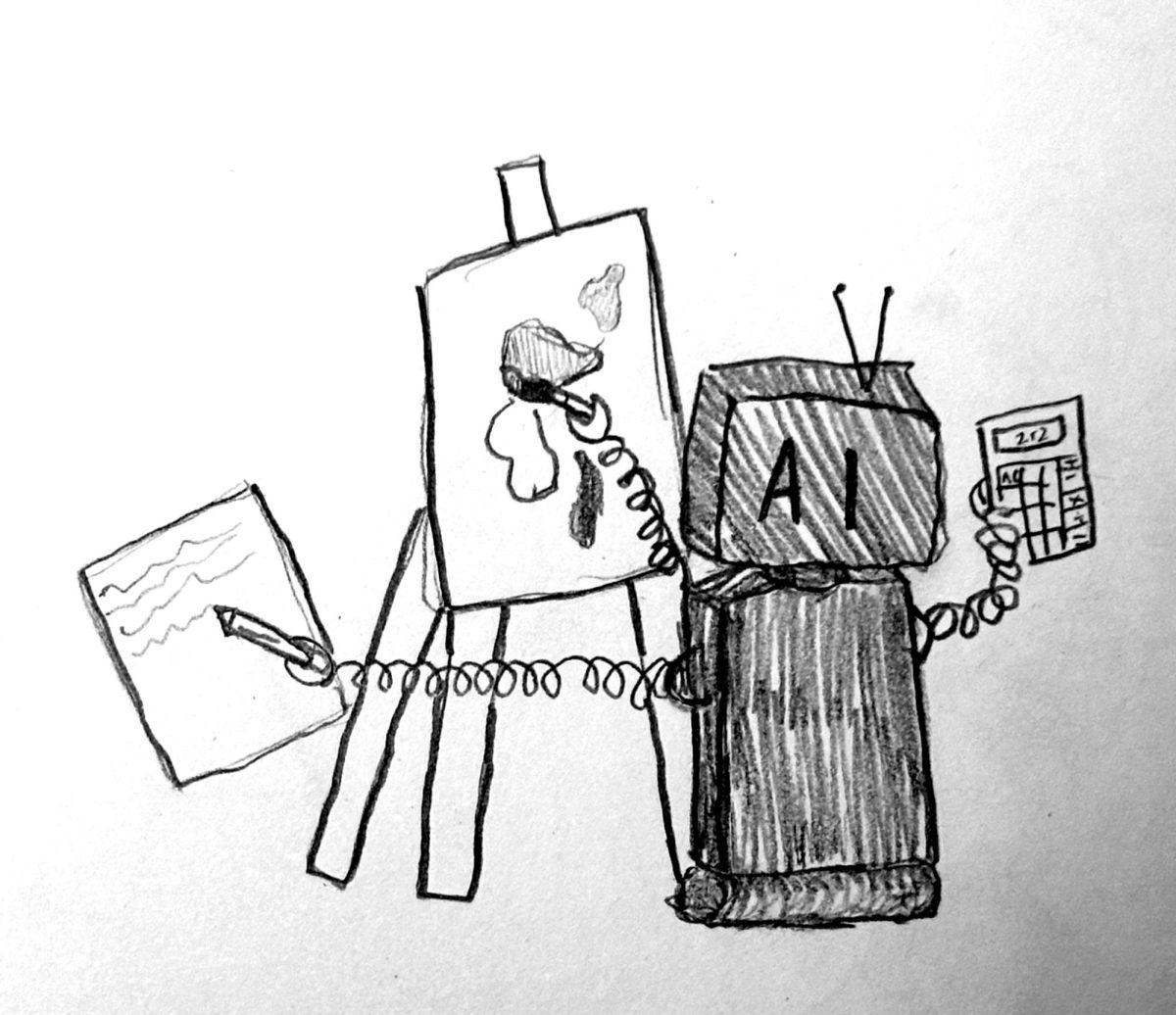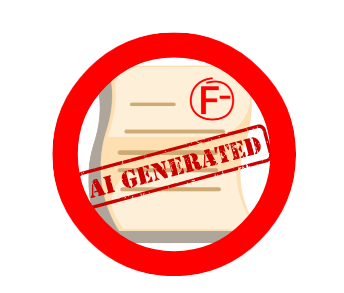 Artificial General Intelligence: previously nothing more than a concept too intangible to pay any mind to. Now more of a prophecy rather than an idea, artificial intelligence continues to propel society into a future very few asked for.
Artificial General Intelligence: previously nothing more than a concept too intangible to pay any mind to. Now more of a prophecy rather than an idea, artificial intelligence continues to propel society into a future very few asked for.
“I can’t imagine that computers are going to really take our place, I just don’t see it,” English teacher Kristina Katrel said.
Artificial General Intelligence (AGI) strays from the more simplistic definitions of regular AI; it is designed to act with the intelligence of a human, ever adapting and malleable. Chatbots like ChatGPT are what is considered Artificial Narrow Intelligence (ANI), a machine largely incapable of general or complex reasoning.
Currently, teachers debate the necessity of present AI systems.
“I think there is a lot of enthusiasm for teachers who are going into this with a growth mindset,” history teacher Kyle Morean said.
There are a number of uses AI presents: Morean, for example, builds his outlines for letters of recommendation and rubrics with a quick prompt spoken to an AI chatbot.
“Artificial intelligence doesn’t work without the natural stuff and the artificial stuff just speeds it up,” English teacher Brook Brayman said.
These computers depend on people for instructions, but are unable to deliver on most tasks. Whether that changes with the emergence of AGI the world has yet to see.
Human collaboration has also come into question. Is AI taking away from conversational environments and will AGI exacerbate or minimize the issue?
“English language arts are reading, writing, speaking listening. If we aren’t speaking and listening then we are missing half of what we are doing here,” Brayman said.
The exchange of ideas loses its medium of dialogue and discourse, their overall necessity to students and careers is still under evaluation.
“Amazon is dragging everyone back into the office because they recognize if you’re there collaborating with other humans, you make better products,” Brayman said.
Collaboration seems to continue to be valued in real world applications. Amazon’s new office attendance requirements show as such. It all comes down to conversation vs computers.
However, this debate did not come about for no good reason. As a highly capable research tool,
“Magic School AI and or Chat GPT can both be used as I think the way all of us have hoped google searching could have been used,” Morean said.
A more positive outlook on how both teachers and students can utilize the tool as a resource is not an easy answer. Conveniency and speed continues to be the goal for both digital platforms, though efficiency seems to be AI’s strong suit.
“The capacity for human laziness,” Katrel said. “It’s just a shortcut, it’s just a cheat and it just means people don’t have to think and it’s sad and awful.”
The flip side of that same coin presents an enticing promise of efficiency to those unwilling to put in the effort. Convenience can quickly devolve into indolent copy and pasting, an issue Katrel is often confronted with.
“That tells me that my job is still important because they can’t seem to see the difference between the AI trash and good writing,” Katrel said.
Current AI models’ literacy skills have been severely overestimated, earning “D’s” as said by Brayman due to its poor reading and content.
AGI might be the answer to ANI’s incompetency, showing promise in previously exclusively human fields like creativity.
“I think a lot of people would welcome AGI as a sort of proxy for their creativity because people are so fatigued by the garbage diet that we consume on our phones,” Morean said.
The question stands, will AGI be truly indistinguishable from humans? Does it make sense to prepare students for careers that most likely will require human intelligence?
“When you go to Mcdonalds and you order your burger off a computer screen, what that is, is an unemployed human,” Brayman said.
While a Mcdonald’s cashier does not exactly require a higher education, Brayman puts into perspective the current presence of AI and its real world applications.
“In the future the rich kids will have teachers and the poor kids will have computers,” Brayman said.
A stark contrast to today’s world and a difficult future to visualize, Brayman illustrates how these real world applications provide implications much more staggering than expected.
“I think the real world is gonna become more precious and exciting. I think its gonna become more valuable because it’s become more scarce than it ever was.”
Brayman offers his own analogy; as music streaming services continue to become cheaper, concert tickets only become more expensive, a very common causation relationship. Scarcity equals value, whether monetary or personal.
In this dynamic world students should have access to basic training surrounding a topic so unavoidable and looming.
“I do think that falls into our parameters but I don’t know what I’m doing,” Katrel said.
Morean describes how Seattle Public Schools has been negligent about teaching students basic computer skills. How should anyone expect them to fund teacher training? Let alone a course explaining the do’s and don’ts of AI usage.
AGI presents a turbulent and unpredictable future, its effects on current school systems remain to be seen. Teacher’s excitement and conversely their disappointment is palpable in these dynamic times.